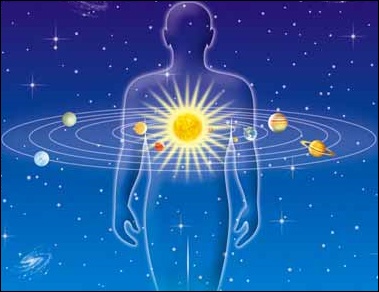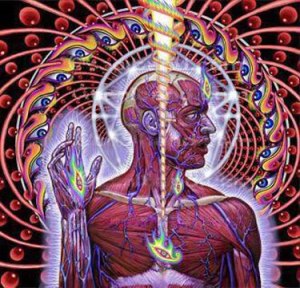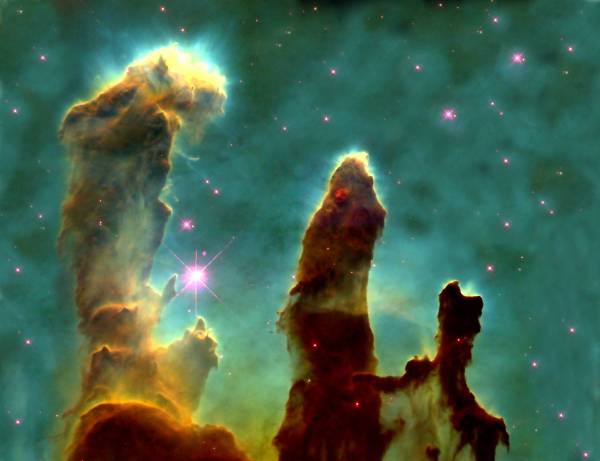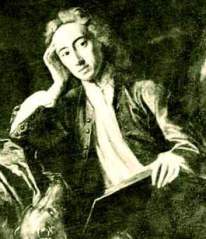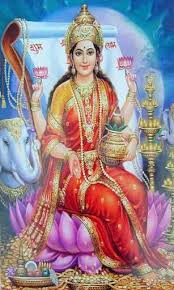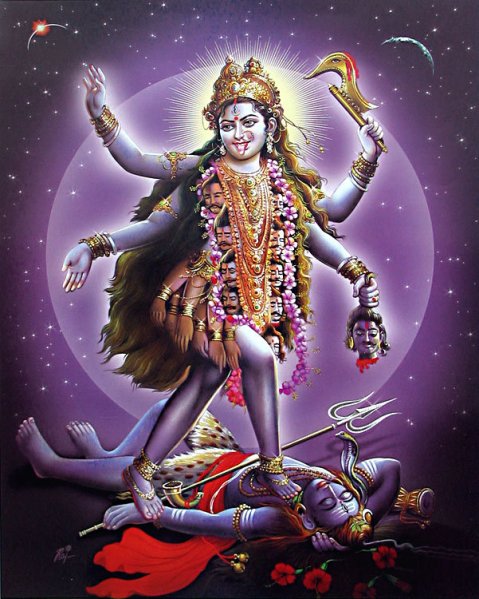The Svetashvatara Upanishad dwells on the nature of Brahman, the universal and individual soul, illusion and immanence with soul stirring poetic analogies and has enthralled, inspired and enlightened me for decades.
The Fourth Chapter ( Adhyaya ) of the Svetashvatara is the most beautiful and enlightening:
(excerpts)
The One, himself without colour, by the manifold application of his power
Distributes many colours in his hidden purpose,
And into whom, its end and its beginning, the whole world
Dissolves – He is God !
May he endow us with clear intellect!
That surely is fire (Agni), That is the sun (Aditya)
That is the wind (Vayu), and that is the moon,
That surely is the pure, That is Brahma,
That is the waters, That is the Lord of Creation (Prajapati).
Thou art woman, Thou art man,
Thou art the youth and the maiden too,
Thou as the old man totterest with a staff,
Being born, thou becomest being in every direction.
Thou art the dark blue bird and the green with red eyes,
Thou has the lightening as thy child.
Thou art the seasons and the seas.
Having no beginning, thou dost abide with immanence,
Wherefrom all beings are born.
With the one unborn female, red, white and black
(i.e. nature, Prakriti with three qualities – pureness, passion and darkness)
Who produces many creatures like herself,
There lies the one unborn male ( cosmic person, father of all being)
Taking his delight,
Another unborn male (the individual soul) leaves her
With whom he has had his delight.
Two birds, fast-bound companions,
Clasp close the self-same tree,
Of these two, the one ( the individual) eats sweet fruit;
The other ( Brahman) looks on without eating.
On the self-same tree a person, sunken
Grieves from his impotence, deluded;
When he sees the other, the Lord contended,
And his greatness, he becomes freed from sorrow.
Now one should know that Nature is illusion
And the mighty lord is the illusion maker
The whole world is pervaded
With beings that are parts of Him.
More minute than the minute, in the midst of confusion
The creator of all, of manifold forms,
The One embracer of the universe –
By knowing Him as kindly (Shiva) one attains peace forever.
That God, the All worker, the Great Soul
Ever seated in the heart of creatures,
Is framed by the heart, by the thought, by the mind –
They who know That become immortal.
When there is no darkness ( of illusion and ignorance),
Then there is no day or night,
Nor being, nor non-being, only the kindly One alone (Shiva),
That is the imperishable, That is the splendour of the sun (Savitr)
And from that was primeval intelligence created.
His form is not to be beheld,
No one soever sees Him with the eye,
They who thus know Him with heart and mind
As abiding in the heart, become immortal.









